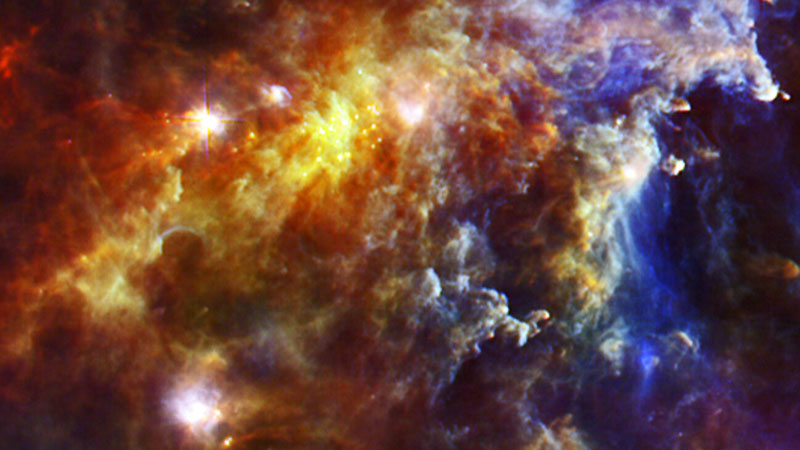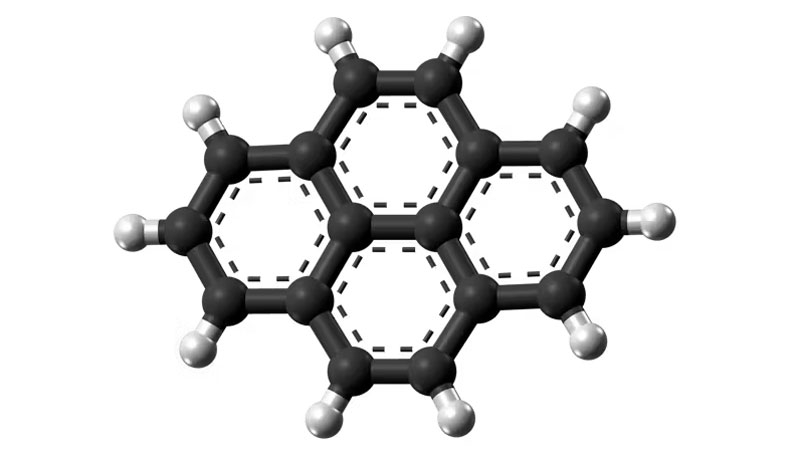Scientists have received new evidence that the basic organic molecules necessary for the emergence of biological life on Earth came from space. In fossils on the planet, signs of cellular organic matter are found in layers 3.7 billion years old – almost immediately after it cooled to a safe level. In this case, cellular life would not have time to develop from ordinary chemical elements. What was needed were simple organic molecules, obviously from outer space.

Fragment of a molecular cloud of a body in the infrared range. Image source: ESA
Scientists have long documented the presence of complex organic molecules in interstellar space (compounds of carbon and hydrogen). In general, this is a class of so-called polycyclic aromatic hydrocarbons (PAHs), ring-shaped compounds of dozens of atoms. It is interesting that previously the theory did not assume the existence in interstellar space of molecules more complex than compounds of two atoms. Science believed that ionizing radiation, especially strong in star-forming regions, consistently destroys complex molecules. With the advent of radio astronomy, PAH molecules began to be detected everywhere, although one problem remained.
In the infrared and radio ranges, terrestrial science has learned to distinguish large PAH molecules. Meanwhile, the processes of the origin of biological life required simpler molecules. In particular, it would be desirable to detect, for example, pyrene, one of the smallest PAH molecules, consisting of only 26 atoms. Pyrene would have difficulty surviving the dense ionizing radiation from young stars in star forming zones, but it would also be undetectable at radio wavelengths. Then scientists took a different route.
It is known that in combination with cyanide, pyrene forms cyanopyrene (1-cyanopyrene, C17H9N). Cyanopyrene is perfectly recorded by radio telescopes, and knowing the distribution and ratio of cyanide, you can calculate the expected amount of pyrene in the region of space being studied.

Pyrene molecule (even atoms are carbon, white atoms are hydrogen). Image source: Wikimedia
Scientists have studied the star formation region closest to Earth – the Taurus molecular cloud, 450 light years away. The volume of pyrene calculated for this cloud of cold interstellar gas and dust exceeded all imaginable expectations. Although there are many newborn stars in this area and the process of their formation does not stop, pyrene – one of the basic “building blocks” for the emergence of biological life – is in abundance here. This means that it would settle on future planets in significant quantities and was likely present in abundance in the cloud of dust and gas that later became the Solar System.
By the way, pyrene was found in samples from the Ryugu asteroid, which was further evidence of its existence in cold interstellar clouds of matter. The new discovery further strengthens the hypothesis of the extraterrestrial origin of life, at least at the level of basic organic molecules.